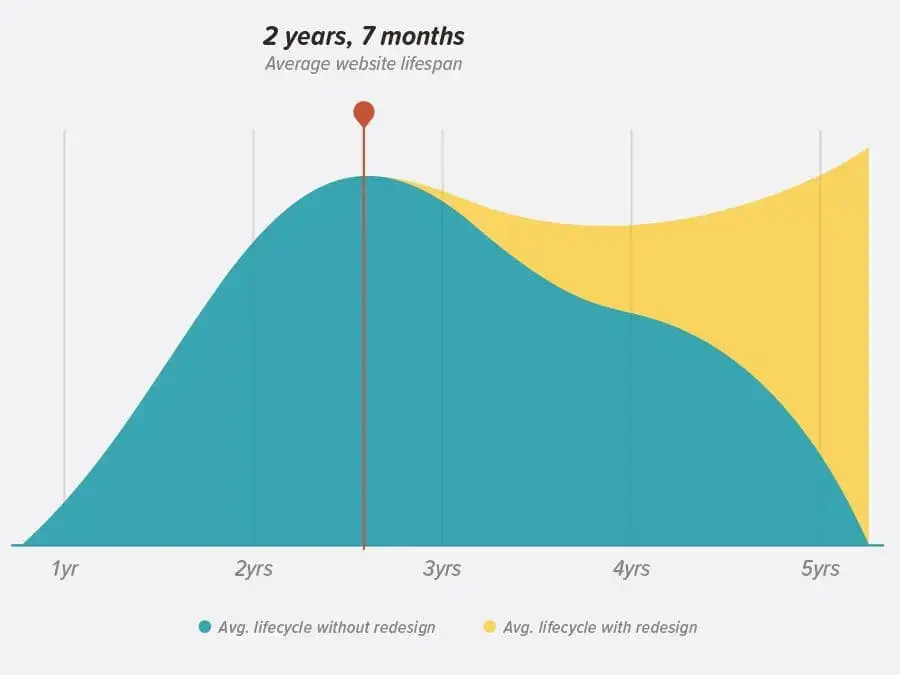· 4 min read
Responsive Web Design: The Standard for Modern Websites
In today's mobile-first world, responsive web design isn't just a nice-to-have - it's essential. This guide explores why responsive design is crucial for user experience, SEO, and business success.

Is your website ready to impress visitors on any device? In today’s mobile-first world, responsive web design isn’t just a trend - it’s the standard. Users expect a seamless and engaging experience whether they’re browsing on a desktop, laptop, tablet, or smartphone. This post explores the principles of responsive design and how to implement them effectively to ensure your website looks great and performs optimally on every screen.
What is Responsive Web Design?
Responsive web design is an approach to web development that makes web pages render well on a variety of devices and window or screen sizes. A single website adapts to different screen sizes, providing an optimal viewing experience regardless of the device being used. This eliminates the need for separate mobile versions of your website, simplifying development and maintenance.
The increasing use of mobile devices has made responsive design a necessity. Statistics show that mobile web browsing continues to rise, making it crucial for businesses to cater to this growing segment of users.
The Fundamentals of Responsive Design
Three core principles underpin responsive web design:
- Fluid Grids: Instead of fixed-width layouts, fluid grids use percentages to define column widths, allowing content to reflow and adapt to different screen sizes.
- Flexible Images: Images are resized automatically using CSS to fit the available screen width, preventing them from overflowing their containers.
- Media Queries: Media queries use CSS to apply different styles based on the device’s characteristics, such as screen size, orientation, and resolution. This allows developers to tailor the layout and styling for specific screen sizes.
Why Responsive Design Matters
The benefits of responsive design extend beyond just aesthetics:
- Improved User Experience: A seamless and consistent experience across devices leads to happier users and increased engagement.
- Higher Search Engine Rankings: Google favors mobile-friendly websites, and responsive design is a key factor in mobile-friendliness.
- Increased Conversion Rates: A positive user experience on all devices can lead to higher conversion rates and increased sales.
- Cost-Effective: Maintaining a single responsive website is more cost-effective than managing separate websites for different devices.
- Easier Management: Updating and maintaining a single website is simpler and less time-consuming than managing multiple versions.
Steps to Success: Implementing Responsive Design
Follow these best practices to implement responsive design effectively:
- Mobile-First Approach: Design for the smallest screen first and then progressively enhance the design for larger screens. This ensures a streamlined mobile experience and simplifies the development process.
- Optimize Images: Compress images to reduce file sizes and improve loading times on all devices. Use responsive image techniques like
srcsetandsizesattributes to serve appropriate image sizes to different devices. - Prioritize Content: Focus on the most important content and ensure it’s easily accessible on all devices. Avoid cluttering the mobile experience with unnecessary elements.
- Test Thoroughly: Test your website on a variety of devices and screen sizes to ensure it looks and functions correctly.
Helpful Tools and Resources
Several tools can assist in creating responsive designs:
- Bootstrap: A popular front-end framework that provides pre-built responsive components and a grid system.
- Foundation: Another robust front-end framework with responsive features.
- Media Query Generators: Online tools that simplify the process of creating media queries for different screen sizes.
- Browser Developer Tools: Use your browser’s developer tools to simulate different screen sizes and test your responsive design.
Conclusion
Responsive web design is no longer optional—it’s a requirement for any modern website. By embracing responsive design principles and following best practices, you can ensure your website provides a seamless and engaging experience for all users, regardless of the device they use. This will not only improve user satisfaction but also boost your SEO and contribute to your business’s overall success. Contact Y5 Web Studio today for professional responsive web design services tailored to your business needs. We’re here to help you create a website that makes a lasting impression.




